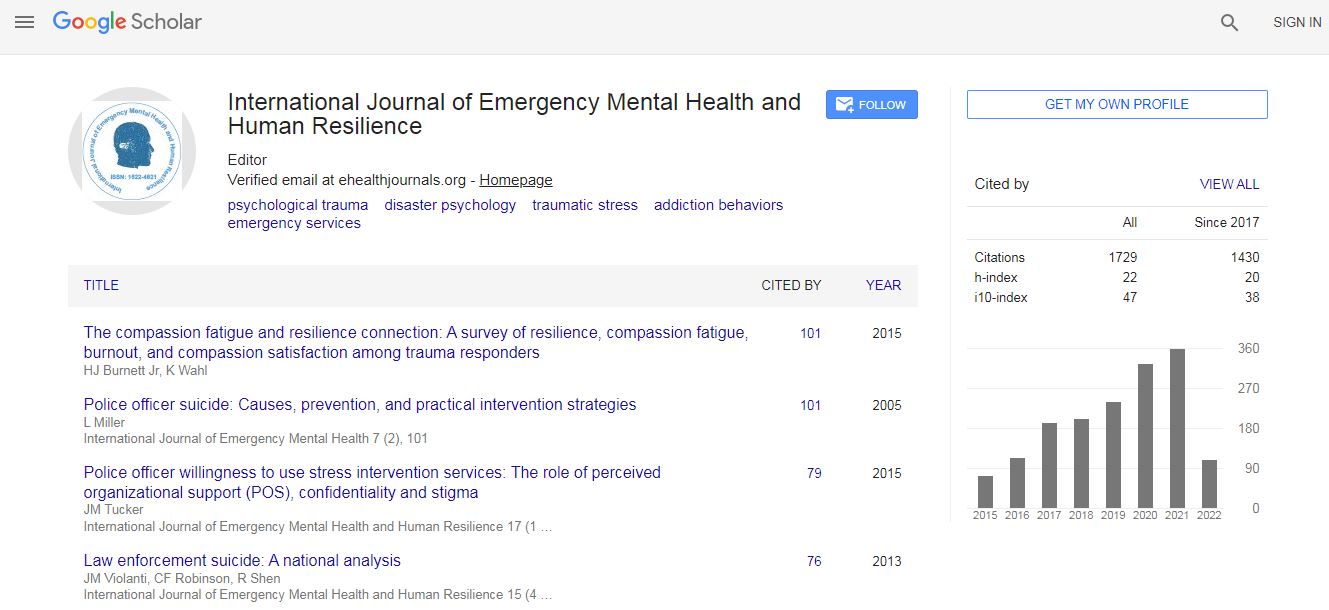Short Communication
Clinical Advances of Recent Discoveries about the Interaction between Circadian and Serotoninergic Systems
Thomaz de Oliveira1,2*, Victor Marinho1,2, Francisco Magalhãos1, Kaline Rocha1, Jessica Ribeiro1, Monara Nunes3, Fernanda Sousa3, Giovanny R. Pinto2, Silmar Teixeira11Brain Mapping and Plasticity laboratory (LAMPLACE), Federal University of Piauí (UFPI), Parnaíba, Brazil
2Genetics and Molecular Biology Laboratory, Federal University of Piauí, Parnaíba, Brazil
3Brain Mapping and Functionality Laboratory, Federal University of Piauí (UFPI), Parnaíba, Brazil
- Corresponding Author:
- Thomaz de Oliveira
Brain Mapping and Plasticity laboratory (LAMPLACE)
Federal University of Piauí (UFPI), Parnaíba, Brazil
E-mail: thomaz159@gmail.com
Abstract
The circadian rhythm and the serotonergic system have anatomical connections and convergent functional association influencing the functioning of the central nervous system. Serotonin is present in several areas of the brain that regulate the circadian rhythm and deregulations in the levels of dopamine have been associated with neurological disorders such as autism, depression, and anxiety. New discoveries have been made about the association of serotonin and circadian rhythm. Thus, the objective of the study was to address the clinical advances on the interaction of these two systems. For this, a bibliographic review in databases Scielo, PubMed, Lilacs and Cochrane was carried out, in which 40 full articles were used. Through genetic, physiological and clinical evidence, the 5-HT and circadian systems of the brain are connected to each other and converge to regulate affective behaviors and pathologies. Rates ever-increasing related to use of selective inhibitors of serotonin reuptake and other drug classes of serotonergic influences are observed, as well as an increasing prevalence of circadian disorders, especially linked to sleep problems.

 Spanish
Spanish  Chinese
Chinese  Russian
Russian  German
German  French
French  Japanese
Japanese  Portuguese
Portuguese  Hindi
Hindi 